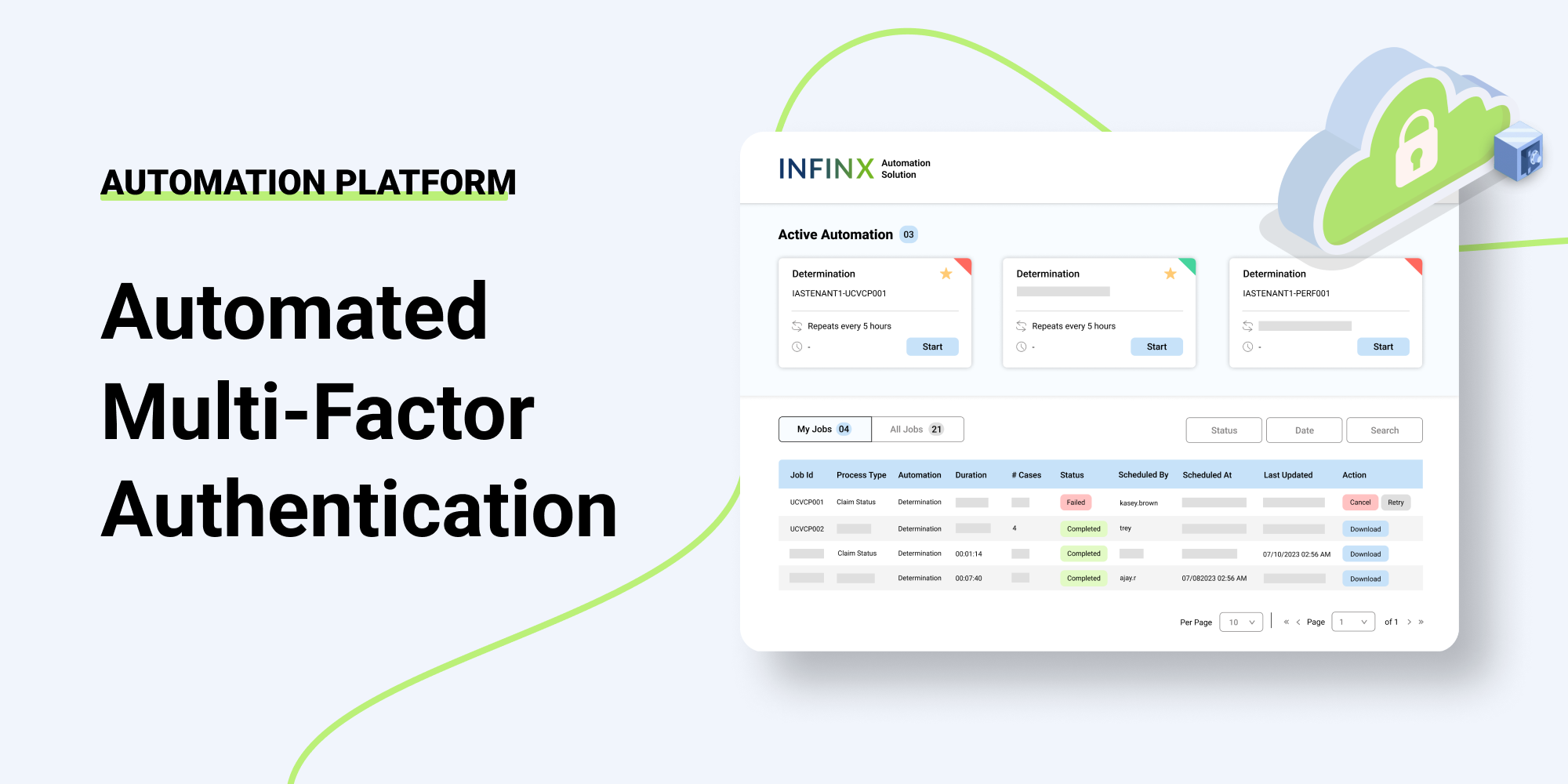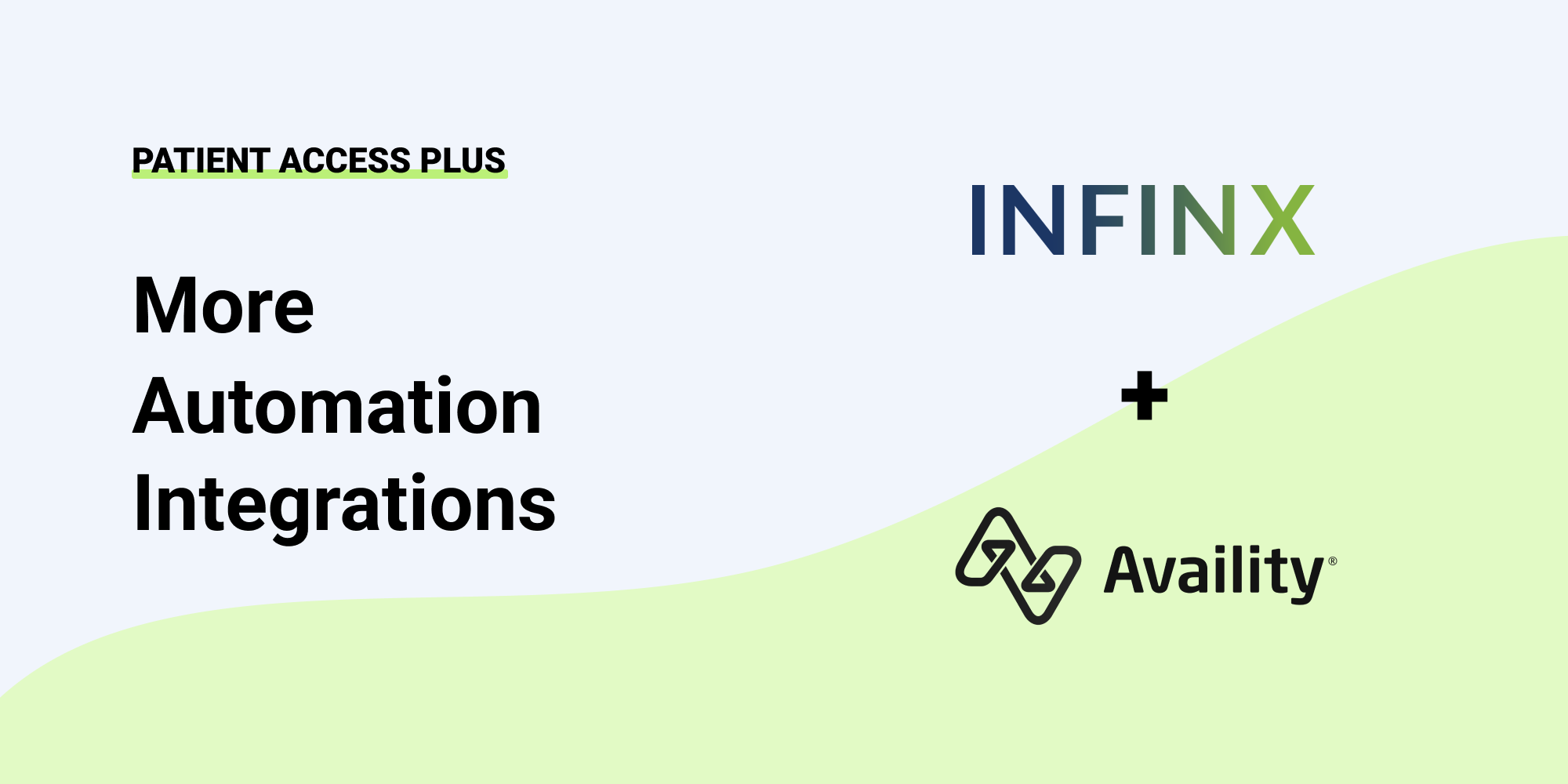An AI-based prior authorization solution can streamline authorizations and make the process much faster and more accurate.
Sometimes, it can take up to 48 hours to obtain prior authorization. While machine learning continues to improve, technology is not at a place where we can entirely rely on it alone.
For example, when the provider changes a patient’s clinical pathway, technology struggles to redirect without human intervention. These changes can lead to delays and, sometimes, authorizations not going through at all. Therefore, many companies are adopting a technology plus experts process. This solution can automate monotonous tasks while having a human element that handles exceptions.
Prior Authorization Experts
As with anything in healthcare, there will always be exceptions. A prior authorization expert can help with exceptions and cases where the payer needs to be called to obtain the authorization.
Experts can also help with documentation. In situations where the payer requires additional documentation prior to authorizing the procedure, the experts can coordinate with the provider to ensure the correct documentation is obtained and sent to the payer for review.
4 Steps To Obtaining Authorization
Authorizations are typically a four-step process that first determines authorization and then goes through the process of receiving the approval.
Step 1: Determination
Determination involves leveraging AI and machine learning in this context. It looks at the payer and its current procedural terminology (CPT) code and determines if the payer requires authorization. If so, it proceeds to the next step.
Step 2: Initiation
Some will see initiation as submitting prior authorization, but there’s more to it. Initiation helps to understand the prior authorization requirements. When submitting an authorization, it’s critical to know the medical necessity and documentation requirements. If you submit the prior authorization without the correct documentation, there’s a good chance it’s denied.
Step 3: Verification
Verification is a simple step. The software verified the payer has received the request and provided the required information. During this step, if the payer is missing any clinical documentation, they will respond with what information is needed. For cases that require additional information, the case moves to the next step, and the authorization expert follows up.
Step 4: Follow-Up
There are times when clinical information is missing, and follow-up is needed. These cases are sent to the authorization specialists to coordinate directly with the practice to obtain the clinical documentation required by the payer to approve the authorization.
Until AI becomes sentient, there’s no way for it to account for exceptions; however, a manual approach to prior authorizations is time-consuming and error-prone. Practices must continue to adopt technology and follow a hybrid solution that leverages technology and human expertise. This approach gives practices the best of both worlds and ultimately has the largest impact on reimbursement and operational efficiency.
We Can Help You Create a Hybrid Solution
At Infinx, we understand the balance between AI automation and the human hand. Our prior authorization solution provides you with the latest technology, plus our patient access experts to help reduce manual workload and process authorizations faster. If you have any questions about the process and what we can do for you, request a call.


